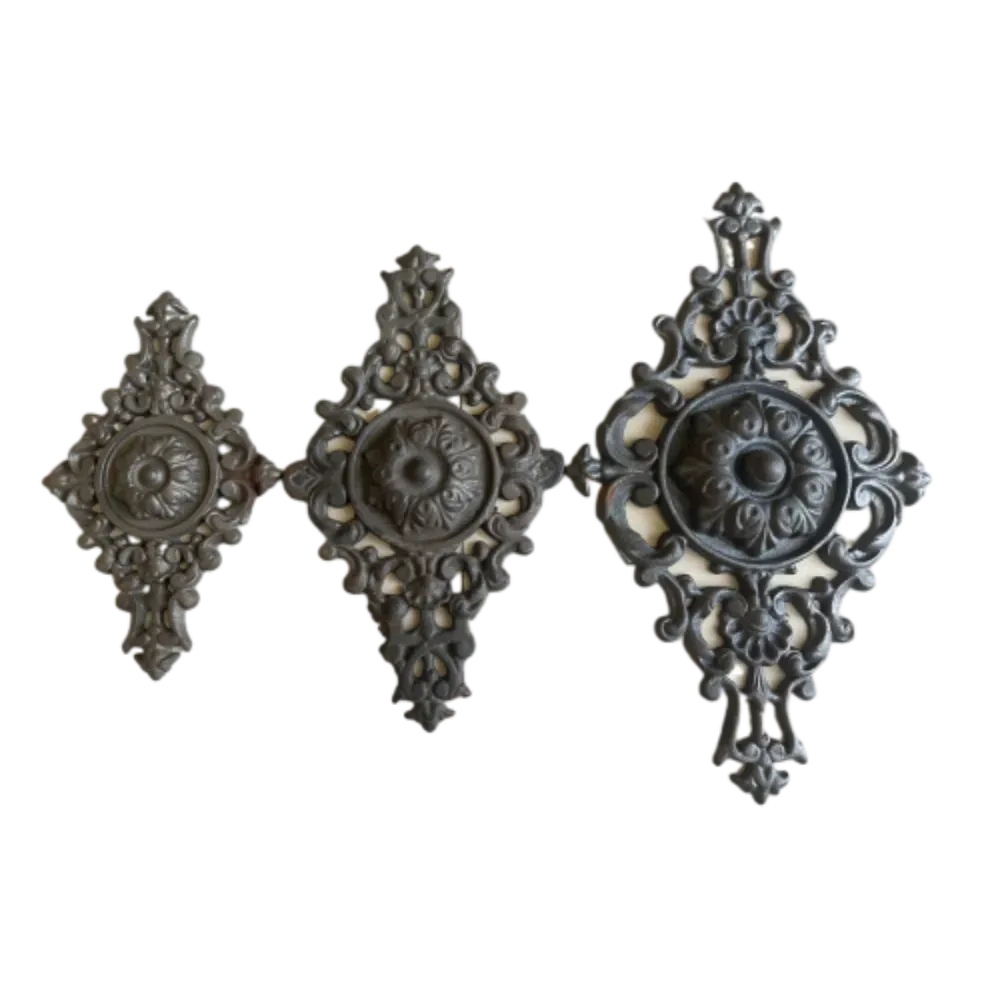Aluminium Framework Solutions for Durable and Secure Fixed Glass Installations in Modern Architecture
Aluminium Sections for Fixed Glass An Overview
Aluminium has emerged as a popular choice in the construction and design of fixed glass structures, thanks to its excellent strength-to-weight ratio, durability, and versatility. Fixed glass installations, commonly seen in modern architecture, rely on structural frameworks to provide stability while maximizing natural light entry. This article delves into the significance of aluminium sections in fixed glass applications, exploring their design considerations, benefits, and trends.
Design Considerations
When incorporating fixed glass in construction, it's essential to choose the right materials to ensure the integrity and aesthetic appeal of the design. Aluminium sections serve as a robust framework for fixed glass panels, providing essential support and enhancing the structural load distribution. The sizes and shapes of these sections can be tailored to fit the specific requirements of a project, allowing architects and designers to create custom solutions that meet both functional and aesthetic needs.
Moreover, engineering principles dictate that the thickness and profile of aluminium sections must be considered to ensure compliance with local building codes and safety standards. These sections must account for wind pressures and thermal expansion, ensuring the glass remains securely fastened while accommodating natural movements.
Benefits of Aluminium Sections
1. Lightweight and Strong Aluminium is known for being lightweight yet incredibly strong, making it an excellent choice for fixed glass installations. This quality simplifies the transport and installation processes, significantly reducing labor costs and time.
2. Corrosion Resistance One of the most significant advantages of aluminium is its resistance to corrosion. When properly treated or coated, aluminium sections can withstand harsh environmental conditions, making them suitable for both indoor and outdoor applications.
aluminium section for fixed glass

3. Versatility in Design Aluminium can be extruded into various shapes and sizes, offering versatility that can cater to diverse architectural styles. From sleek and minimalistic frames to more intricate designs, aluminium sections can adapt to a wide range of aesthetic preferences, enhancing the overall look of fixed glass installations.
4. Sustainability Aluminium is a recyclable material, aligning with the growing trend towards sustainable construction practices. By choosing aluminium sections for fixed glass applications, builders can reduce their environmental impact, contributing to greener construction efforts.
5. Thermal Performance Modern aluminium sections can be designed with thermal breaks to improve insulation and energy efficiency. This feature is particularly important in fixed glass applications, as it helps maintain indoor climate control and reduces energy consumption.
Current Trends
As the demand for energy-efficient and aesthetically pleasing buildings increases, the integration of aluminium sections in fixed glass design continues to gain traction. Minimalistic architecture that emphasizes clean lines and large glass surfaces is becoming prevalent. Architects are increasingly using aluminium sections to frame expansive glass facades that provide uninterrupted views while maintaining structural integrity.
Moreover, technological advancements in coating and finishing processes have led to an array of options for aluminium sections, including various colors and textures. This allows designers to select finishes that enhance the visual appeal of fixed glass installations, creating harmonious blends with surrounding materials.
Conclusion
In summary, aluminium sections play a crucial role in the construction of fixed glass installations, providing the necessary support, durability, and design flexibility. Their lightweight nature, corrosion resistance, and sustainability make them an ideal choice for modern architecture. As building trends continue to evolve, the innovation and application of aluminium sections will undoubtedly shape the future of fixed glass in construction, marrying functionality with cutting-edge design.
-
Wrought Iron Components: Timeless Elegance and Structural StrengthNewsJul.28,2025
-
Window Hardware Essentials: Rollers, Handles, and Locking SolutionsNewsJul.28,2025
-
Small Agricultural Processing Machines: Corn Threshers, Cassava Chippers, Grain Peelers & Chaff CuttersNewsJul.28,2025
-
Sliding Rollers: Smooth, Silent, and Built to LastNewsJul.28,2025
-
Cast Iron Stoves: Timeless Heating with Modern EfficiencyNewsJul.28,2025
-
Cast Iron Pipe and Fitting: Durable, Fire-Resistant Solutions for Plumbing and DrainageNewsJul.28,2025
-
 Wrought Iron Components: Timeless Elegance and Structural StrengthJul-28-2025Wrought Iron Components: Timeless Elegance and Structural Strength
Wrought Iron Components: Timeless Elegance and Structural StrengthJul-28-2025Wrought Iron Components: Timeless Elegance and Structural Strength -
 Window Hardware Essentials: Rollers, Handles, and Locking SolutionsJul-28-2025Window Hardware Essentials: Rollers, Handles, and Locking Solutions
Window Hardware Essentials: Rollers, Handles, and Locking SolutionsJul-28-2025Window Hardware Essentials: Rollers, Handles, and Locking Solutions -
 Small Agricultural Processing Machines: Corn Threshers, Cassava Chippers, Grain Peelers & Chaff CuttersJul-28-2025Small Agricultural Processing Machines: Corn Threshers, Cassava Chippers, Grain Peelers & Chaff Cutters
Small Agricultural Processing Machines: Corn Threshers, Cassava Chippers, Grain Peelers & Chaff CuttersJul-28-2025Small Agricultural Processing Machines: Corn Threshers, Cassava Chippers, Grain Peelers & Chaff Cutters












